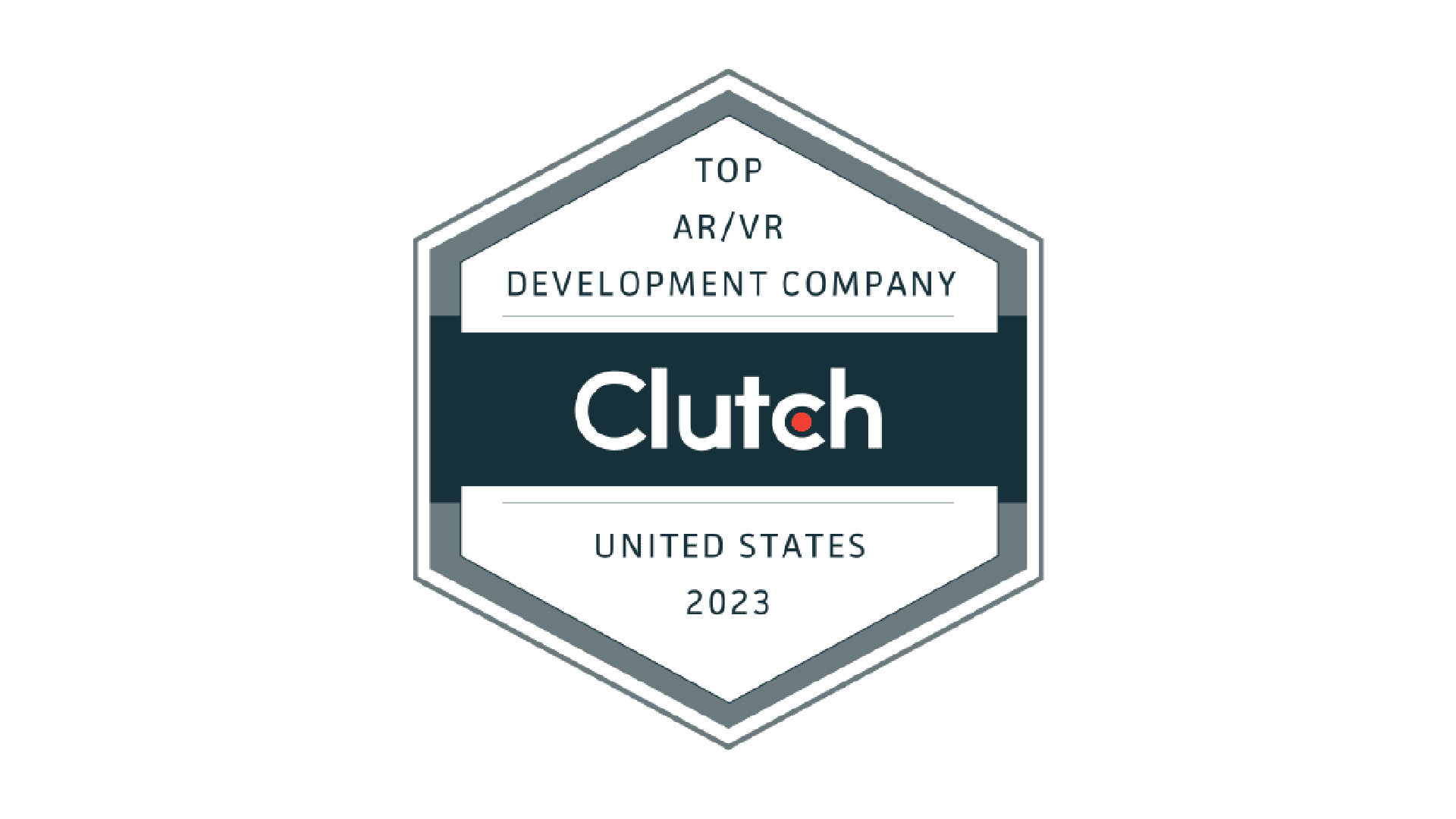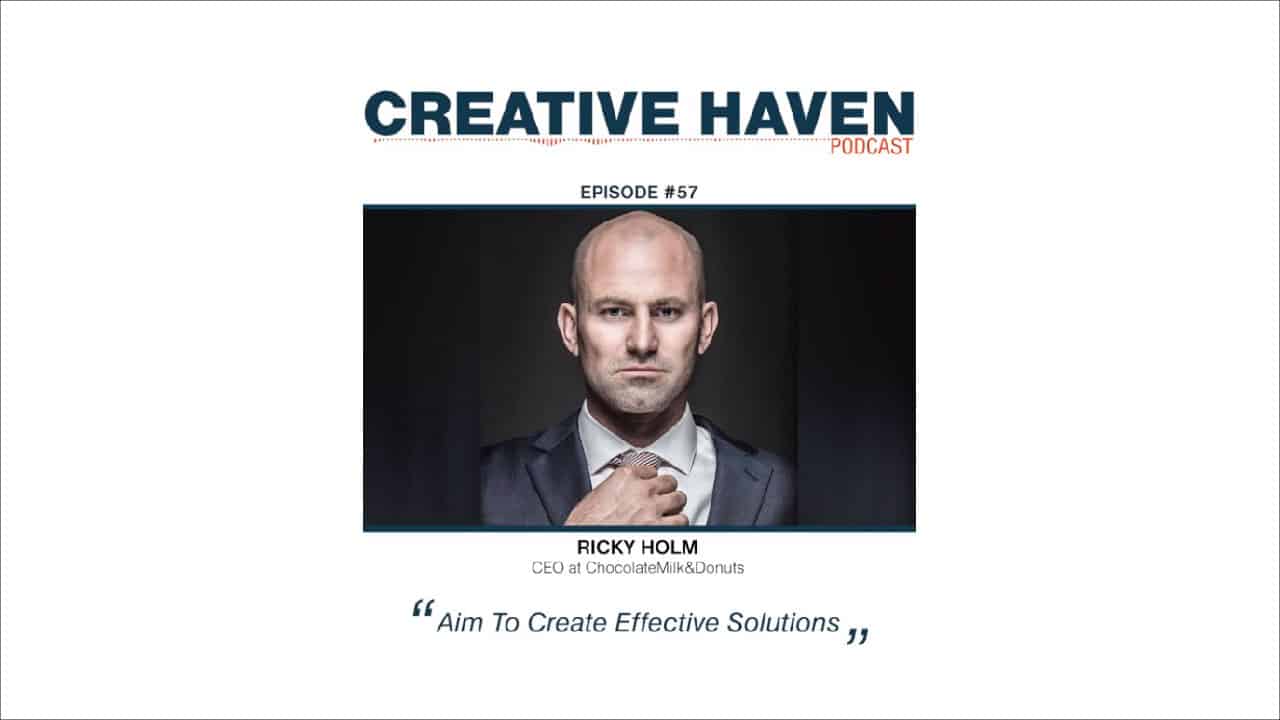In just the past few years, VR technology has improved dramatically. These virtual experiences no longer require complex computer systems or massive budgets.
In the following examples, I’ll show how you can use VR to enhance recruiting efforts, build more robust marketing and promotional activations, improve employee training, design better products and increase operational efficiencies.
Let’s dive into the five ways you can improve your business with virtual reality technology.
1. Recruiting Top Talent
Recruiting new employees can be a time-intensive and expensive process, not to mention highly competitive. Luckily, VR can be utilized in numerous ways to improve recruiting efforts and help discover the most qualified candidate.
Simulated office visits can help applicants see if they are a good fit for company culture, and fully interactive experiences can help evaluate a potential candidate’s required on-the-job skills. Compared to traditional in-person recruiting practices, virtual experiences can also help reduce recruiting costs by limiting the number of employees that need to travel to a given event and allowing for a more efficient booth size at job fairs. These tools can also help expand remote recruiting efforts by providing a good way to more thoroughly evaluate candidates who might be located outside a firm’s local region.
TTec, an industry leader in outsourced customer service solutions, recently turned to VR to help improve their recruitment efforts. By allowing employees to get an inside look at company culture and operations, the firm is breaking down decade-old stereotypes plaguing their industry — attracting new, highly qualified talent that might otherwise not consider working in the trade.
With such a competitive job market, it is also important to wow potential candidates in order to help stand apart from the competition. Cutting-edge new tools can help build positive brand association and improve the overall employee recruiting experience. A recent study found that nearly 60 percent of job candidates have a poor experience during their job search, VR has the potential to exponentially improve that statistic.
2. Fresh Marketing Avenues
From interactive product demos to immersive brand experiences, VR can be a fantastic tool to engage new audiences and leave a lasting impression. Regardless of product size or scale, VR gives potential buyers the ability to experience a product or service from the comfort of their home or office.
Burgess Yachts, a world leader in luxury yacht sales, charters and building, recently took advantage of this VR feature. The company developed a series of interactive 360-video tours and virtual walk-throughs to highlight their product portfolio. “Due to the recent travel restrictions we feel it was important for…clients to be able to experience the onboard feeling while remaining in the safety of their own environment,” Burgess’s Head of Sales, Richard Lambert, told Forbes.
The fact that many consumers have had relatively limited exposure to VR can also create valuable opportunities for brands looking for new ways to engage customers. To help promote the reboot of the 24 series, Fox created a 10-minute VR short film that allowed fans to ride along with Jack Bauer on one of his action-packed adventures. The experience was as much a commercial for the show as it was novel entertainment.
Similarly, TOMS Shoes gave customers the ability to tag along on a “virtual giving trip” to Peru. The experience showed company representatives passing out free shoes to families in need — helping bolster the brand’s buy-one-give-one ethos while also providing a memorable experience for customers. A win-win for the brand.
No matter how big, small or tech-focused the product is, VR has been proven to be an incredibly powerful promotional tool. Compared to two-dimensional media like video and photo, VR experiences can help increase both emotional engagement and viewing time.
3. New Techniques for Training Your Workforce
VR technology is quickly proving itself as an incredibly valuable training tool for both technical and soft skills. By tricking the users’ minds into believing that what they are experiencing is actually happening, this technology can have an incredibly powerful impact.
Companies are leveraging these techniques to train employees on everything from how to operate a piece of heavy equipment to improving their interpersonal skills. VR training is also a great option to provide remote education at scale. With the latest VR systems only costing a few hundred dollars and requiring no more storage space than a shoebox, these systems can be easily distributed anywhere in the world.
Hilton Hotels and Resorts recently implemented a VR training solution to help corporate team members better understand the physicality and complexity of hotel operations so they can better feel what it’s like to be in the shoes of service attendants. The experience has helped corporate staff implement better hotel policies and expectations for on-the-ground workers, leading to improved working conditions inside hotels.
When properly implemented, VR training can lead to reduced training times, improved information retention and better overall employee performance , according to PwC.
Want to learn more about VR training? Check out this blog post we did on the subject.
4. Better Product Design
Designing new products can be a time- and labor-intensive process. But VR’s ability to provide at-scale 3-D models, interactive environments and depth perception can lead to dramatic improvements in product design timelines and reductions in cost.
By allowing designers to manipulate and interact with digital prototypes in a visual-spatial environment, this technology gives them the ability to interact with 3-D mockups in ways not possible with traditional design software. Immersive design simulations also allow product engineers and managers to test how customers might use the final product in the real world. From checking ergonomics to stepping “inside” a product, VR gives companies an efficient new way to go about creating their next great innovation.
Ford Motor Company has been using VR to improve their design process for new cars. Leveraging the VR design tool Gravity Sketch, product designers are able to completely skip the 2-D design phase and go straight to 3-D mockups. The software also allows designers to easily view their designs from different angles or perspectives — and to get a feel for what it’s like to sit in a new car before a single dollar is spent on physical prototypes. “Jumping right into 3-D gives us a 360-degree view of a vehicle as it is being created…leading to more human-centered design,” Ford designer Michael Smith told Automobile Magazine. Ford claims the initial test of this feature cut their design timeline from weeks to hours.
5. Improved Manufacturing and Medical Operations
From heavy manufacturing to delicate medical procedures, VR has proven to be a powerful solution in improving operational efficiencies as well. Immersive technology allows professionals to test new process scenarios more effectively, view complex information or diagrams in interactive 3-D — making them easier to understand and allowing the manipulation of parameters in real-time.
Boeing engineers recently started using VR to layout wiring diagrams for new airplanes. A process that once took weeks —and sheets of paper more than 20 feet long — can now be accomplished in a matter of days and at a fraction of the cost. In addition, the interactive nature of VR also allows engineers to make real-time adjustments, giving them a better sense of how wires will run through the fuselage. This process has eliminated the need of building physical 3-D models of new airplanes, leading to additional cost savings for the firm.
Medical professionals have also been using VR to help bring clarity to complex data and to improve real-time procedural operations. Using VR to view CT and MRI scans gives doctors the ability to study and manipulate data in a 3-D environment, something that has historically been done on 2-D monitors. As one doctor explained it in an interview with Applied Radiology, “Virtual reality enables a clinician to obtain a deeper and intuitive understanding of spatial relationships between two different parts of the body leading to markedly improved operator confidence.”
Simply put, it’s a way to take the guesswork out of complex maneuvers that doctors previously couldn’t visualize until they were mid-operation. “It’s almost like we’ve been there before,” neurosurgeon Gary Steinberg told Fortune. “It’s not a surprise.”
Whether saving lives or selling yachts, VR has the ability to enhance your business’s practices, save time and reduce costs. Have you considered how VR might be used to improve your business?
This article has been cross-posted on BuiltIn.com as part of their Expert Contributors network: 5 Ways to Improve Your Business with VR


